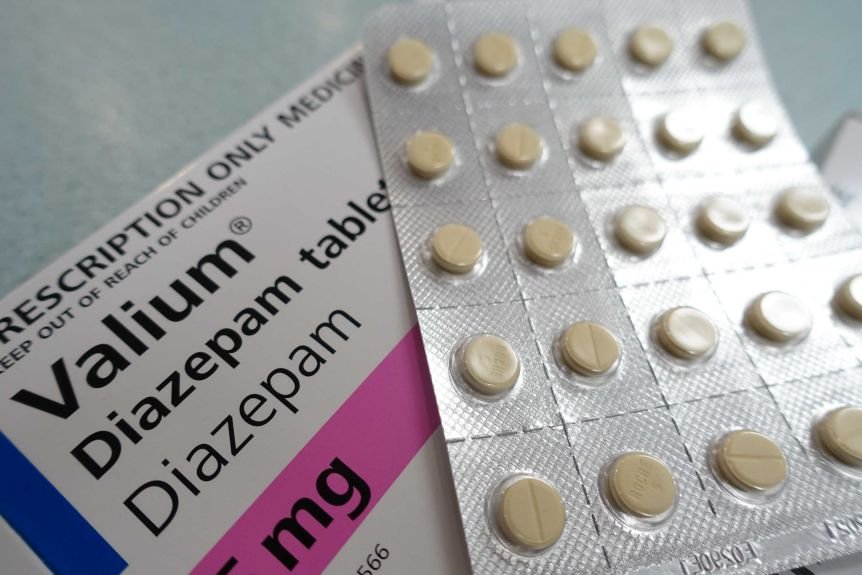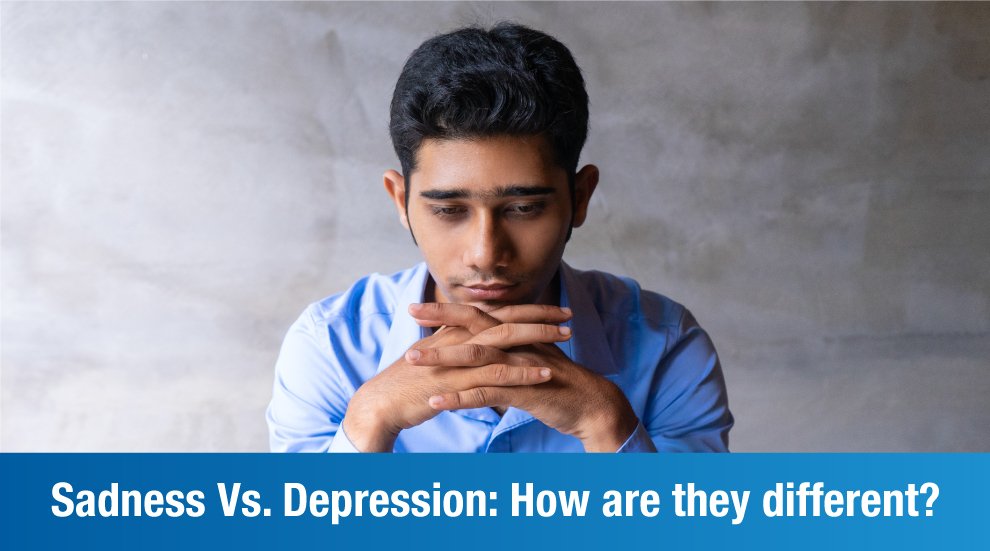Depression vs. Sadness: What’s the Real Difference?
Sadness is something we all experience from time to time. It’s a natural emotional response to life’s challenges, disappointments, and losses. But as this feeling lingers and worsens, it becomes blurry whether one is experiencing a temporary mood or something more serious, such as depression. So, how do you know whether what you’re feeling is just sadness or something deeper?
In this blog, we will explore some of the key differences between depression and sadness. I want to help you understand what each feels like, how it affects your life, and when it might be time to seek help.

What is Sadness?
Sadness is a universal emotion. It is that emotional response we have to a situation that feels disappointing, hurtful, or upsetting. We get sad during those difficult life events, such as:
1. The loss of a relationship
2. A personal loss or bereavement
3. Defeat at school or workplace
4. Rejection – feeling misunderstood
Sadness is usually temporary and recedes as we get used to things or develop strategies for dealing with them. It is a constructive, adaptive emotion that tells us that something’s gone wrong and prompts us to change things or ask for help. Sadness rarely disrupts the normal flow of life in people’s lives for very long. You may be a little down for a day or two, but you will come out of it again and return to being yourself.
Key aspects of Sadness:
1.Transient and related to a particular stimulus or trigger
2.Open to emotional discharge and healing
3.Does not compromise general functioning (work, relationships, etc.)
4.Manageable through time, self-care, or social support
What is Depression?
Depression is more than just a fleeting emotion of sadness. Depression is a complex mental health problem that affects nearly every aspect of life. Sadness is an emotion, but depression is a form of mood disorder impacting the physical, emotional, and cognitive spheres.
Depression is caused by major life events, but it can also arise without a cause. It might result from inherent tendencies, specific biochemical functions of the brain, suffering, or chronic stress. Usually, depression does not have an obvious cause and cannot be resolved by a simple reason, which may last for weeks or months or even longer.
Key features of depression:

1.Lasts more than a few weeks or months
2.Engages repeatedly in feelings of hopelessness, emptiness, or worthlessness
3.Compromising physical well-being: fatigue, changes in appetite or sleep patterns.
4.Obtaining activities of daily life, such as work and socializing.
5.Withdrawal from others, activities, or interests.
6.Thoughts of self-harm or suicide are common; in fact, this is a most serious warning sign.
How to Tell the Difference: When Should You Seek Help?
It’s normal to feel down from time to time, but if your feelings of sadness last longer than a few weeks, or even seem to be getting worse rather than better, it could indicate that you are suffering from depression.
Some warning signs that you might be suffering from depression instead of just sadness include:
1.Persistent Low Mood: You feel empty, hopeless, or worthless most of the day, nearly every day.
2.Physical Symptoms: You have unconscious changes in appetite and/ or have sleep disturbances or physical aches and pains.
3.Loss of Interest: You don’t find activities they once pleasure you anymore, for instance, hobbies, spending time with relatives.
4.Inability to Function: You’re unable to carry out day-to-day activities or do things that are important to you, such as going to work, taking care of your health, or socializing.
5.Suicide Thoughts or Attempts: You may feel as though life isn’t worth living or that you wish you were dead.
It’s important to seek help if you start noticing such signs. Depression is an illness that can be treated with proper support, therapy, medication, and lifestyle changes. Getting in touch with a healthcare professional or counselor is the first step towards some kind of understanding of your feelings and finding the right treatment.
The best medicines for treating depression:

Valium (generic name: diazepam) is a medication belonging to a class of drugs known as benzodiazepines. It is primarily used to treat anxiety, muscle spasms, and seizures and also for treating despression. However, in certain situations, it may be used short-term to help manage acute symptoms related to depression, such as anxiety or agitation, that can occur alongside a depressive episode. Valium works by enhancing the effects of a neurotransmitter called gamma-aminobutyric acid (GABA), which is an inhibitory neurotransmitter in the brain. GABA helps to calm brain activity, inducing relaxation, reducing anxiety, and promoting sleep. This is why Valium is often used for conditions involving acute anxiety or muscle tension.
Conclusion: Embrace the Differences, Seek the Help You Need
While sadness and depression share some common emotional territory, they are not the same thing. Sadness is an all-too-normal, temporary response to life’s disappointments, whereas depression is a serious condition that requires professional treatment. Knowing the difference between them will help you know when you’re just crossing part of the normal human experience – and when it might be time to seek help.
If you or someone you know is struggling with depression, remember that you’re not alone. Depression is treatable, and there are resources available to support you on the journey to healing.

